
How to Lose Weight and Maintain Muscle

When aiming to shed excess fat while preserving muscle, it’s essential to strike a balance between cutting calories and sustaining physical strength. The goal is to understand how to lose weight and maintain muscle efficiently, ensuring that your body undergoes a transformation that emphasizes lean muscle retention rather than just weight loss.
This guide provides practical advice on managing diet and exercise to achieve a sculpted physique without compromising muscle mass.
The Basics of Losing Fat Without Sacrificing Muscle
To successfully lose fat while maintaining muscle, a strategic approach is required. This involves adjusting calorie intake, incorporating the right types of exercise, and following a balanced diet. Here’s how you can manage this delicate balance:
Understanding Fat Loss

Freepik | Fat loss requires a calorie deficit—eating fewer calories than you burn.
Achieving fat loss involves creating a calorie deficit—consuming fewer calories than the body expends. This process requires regular physical activity. Without exercise, there’s a risk of losing both fat and muscle. It’s also crucial to understand that targeting fat loss in specific body areas isn’t feasible; instead, the focus should be on reducing overall body fat percentage.
- Aim for Steady Progress – Rapid weight loss can lead to muscle loss. Opt for a gradual approach, targeting a small amount of weight loss each week over a longer period.
Maintaining Muscle During Fat Loss
Preserving muscle mass while losing fat demands a thoughtful strategy that includes:
- Balancing Exercise – Combine resistance training with cardiovascular exercises. Resistance training helps preserve muscle mass, while cardio aids in fat loss.
- Proper Recovery – Allow adequate time for muscle recovery between workouts. This is especially important when on a reduced-calorie diet and engaging in intense exercises.
- Avoid Extreme Diets – Steer clear of overly restrictive diets that are hard to sustain long-term. Overtraining and extreme calorie restrictions can lead to fatigue and potential injuries, hindering progress.
Exercise Plans for Muscle Maintenance
An effective exercise routine is crucial in the quest to lose weight and maintain muscle. Here’s a breakdown of key components:
Incorporate Cardio and Strength Training
- Cardiovascular Exercises – Engage in moderate to high-intensity cardio for at least 150 minutes weekly. Activities such as running, cycling, and swimming are beneficial.
- Strength Training – Focus on resistance exercises 2-3 times a week. This can include weightlifting, bodyweight exercises, or resistance bands. Always start with manageable weights and gradually increase the load to avoid injuries.
Adjust Intensity and Recovery
- Increase Workout Intensity – Challenge your muscles by increasing workout intensity. This might involve lifting heavier weights or performing more repetitions.
- Rest and Recovery – Ensure sufficient rest days to prevent overtraining. Light-intensity activities on rest days, like walking or swimming, can aid in muscle recovery.
Nutrition for Fat Loss and Muscle Preservation
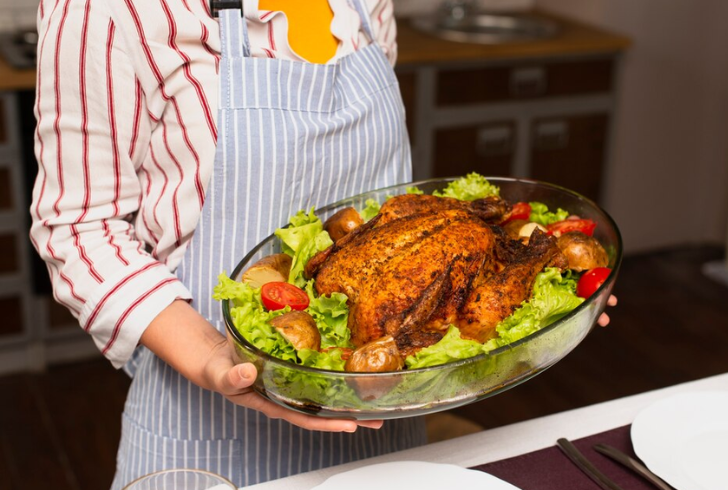
Freepik | Boost your intake of lean proteins like chicken, turkey, and fish to support muscle repair and growth.
A balanced diet plays a significant role in the journey of how to lose weight and maintain muscle. Proper nutrition supports fat loss and muscle retention by providing essential nutrients and managing caloric intake.
Healthy Eating Habits
- Protein Intake – Increase consumption of lean proteins such as chicken, turkey, and fish. Protein is crucial for muscle repair and growth.
- Carbohydrates – Choose complex carbohydrates like sweet potatoes, quinoa, and whole grains to fuel workouts and replenish glycogen stores.
- Healthy Fats – Include sources of healthy fats, such as avocados, nuts, and olive oil, to support overall health.
Post-Workout Nutrition
After workouts, consuming a balanced meal with protein and carbohydrates helps muscle recovery. Ideal post-workout foods include:
- Fresh Fruits – Apples or berries
- Whole Grains – Oatmeal or whole wheat pasta
- Lean Proteins – Eggs or low-fat dairy products
When to Seek Professional Guidance
Consulting with a professional can optimize your approach to how to lose weight and maintain muscle. A nutritionist or dietitian can tailor dietary plans to meet specific needs, while a personal trainer can design an exercise regimen aligned with your fitness goals. They can also offer valuable guidance on proper techniques and adjustments based on progress.
Successfully navigating the path of how to lose weight and maintain muscle involves a blend of strategic eating, balanced exercise, and adequate rest. By setting realistic goals and adhering to a well-rounded plan, it is possible to achieve desired fat loss while preserving muscle mass. Consistency and patience are key, as well as being mindful of progress and adjustments along the way.
Embrace these guidelines, and with dedicated effort, the balance between losing fat and maintaining muscle can be effectively achieved
More in Nutrition & Weight Loss
-
`
Can Baking Soda Clean Your Lungs?
Years of inhaling cigarette smoke, pollution, and other toxins can leave you longing for a way to cleanse your lungs. The...
June 27, 2024 -
`
How to Build Muscle Mass After 60? 5 Proven Strategies
Curious about how to build muscle mass after 60? You are not alone. And the good news is that it is...
June 20, 2024 -
`
Prediabetic Foods That Can Lower Your Blood Sugar in 2024
Prediabetes is a health condition characterized by blood sugar levels that are higher than normal but not high enough to be...
June 13, 2024 -
`
Kelly Clarkson’s Weight Loss Journey | Here Are the Details
Kelly Clarkson’s weight loss has been a hot topic among fans and media alike. The iconic American singer and host of...
June 3, 2024 -
`
Essential Vitamins for Gut Health – A Comprehensive Guide
Our gut does more than just digest food – it plays a vital role in immunity, mood, and overall health. But...
May 30, 2024 -
`
Looking to Build A Stronger Sculpted Back? Try Cable Back Workouts
Back workouts using cables, or cable back workouts as they are commonly known, have become the gold standard for anyone aiming...
May 22, 2024 -
`
How Much Water Should I Drink on Creatine? Hydration Tips
Creatine, a popular supplement among athletes and fitness enthusiasts, has gained widespread recognition for its ability to enhance muscle strength, power,...
May 17, 2024 -
`
What Is Bruce Willis’s Net Worth? Get the Inside Scoop Here!
Bruce Willis, the action hero who has saved the day countless times on screen, has built a legendary career. But how...
May 11, 2024 -
`
How to Sleep with Fluid in Lungs – Expert Tips
Living with fluid in your lungs can turn nighttime into a challenging experience, but with the right strategies, you can reclaim...
April 30, 2024
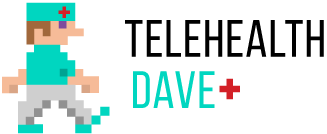
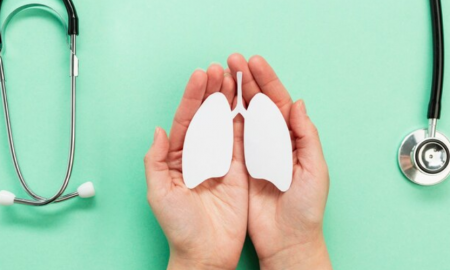

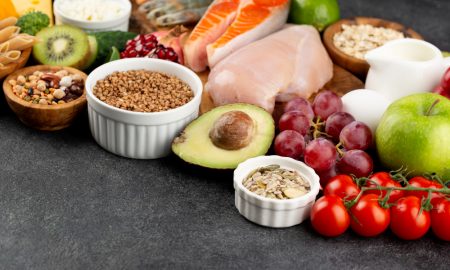


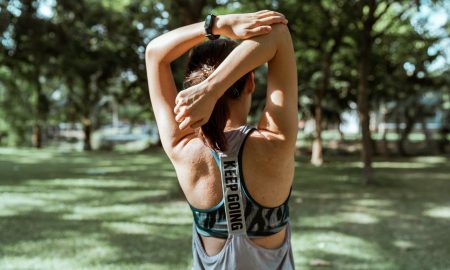








You must be logged in to post a comment Login